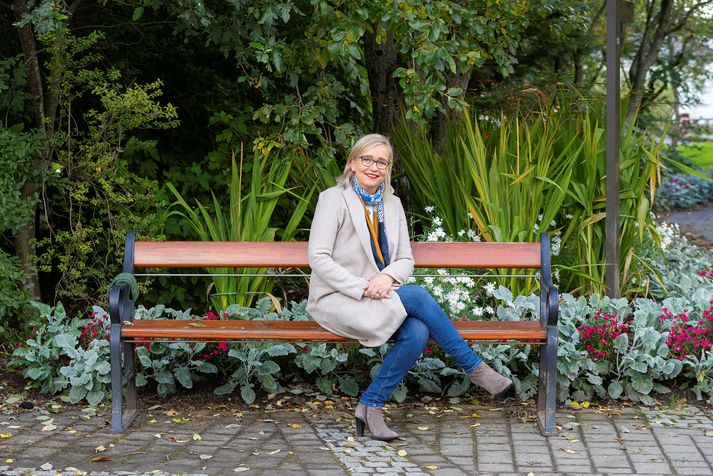Hildur says she has been able to help a lot of people reduce their symptoms and their pharmaceutical consumption, and that some people have been able to become completely symptom-free from their diseases.
“The program is pretty strenuous, however, and people have to make very drastic changes to their lifestyle in order to make that kind of progress. But how much is our health worth? Among those who take part in my foundation course, around half of them keep working with me for an extended time and make really good progress.”
A great deal needs to change
Hildur stresses the importance of her clients adopting these changes in consultation with their doctors, but it varies greatly how receptive or supportive doctors are to these methods.
“What is fantastic is that there are now young doctors, newly graduated from school, who are specializing in fields that are much more open to the kinds of methods I am working with. The more people there are who have similar success as me, the more noise we can make about our ideas and our work, the more prominent we will become, and the more impact we can have on prevailing attitudes. The research I build my program on is also moving closer and closer to the health care system. Previously it had really just been a grassroots movement. I predict a complete change in the way we treat chronic conditions in the next 20 to 30 years.”
Hildur considers long-term planning and providing personal support throughout the process, as she does for her clients, to be essential in achieving success.
“But due to a lack of funding, the health care system is constantly impeding those who dream of implementing long-term solutions within the rehabilitation sector. Doctors have less and less time with each patient and there is a constant pressure to find speedy solutions. There is so much that has to change in our society in order to improve public health, health care services, food production, the pharmaceutical industry, and our social structure as a whole.”
Hildur says she is not at all opposed to medication. “But the difficulty is that when it comes to long-term conditions, like the ones I have had to deal with, pharmaceuticals are really just a crutch, not a cure. If we are taking medication, we also need to be working towards other lasting solutions. Medication can have difficult and chronic side effects that ultimately just compound the problem.”
Working full-time
Hildur says her health has taken a complete turn in the past five years, and that now she typically takes no medication at all.
“The only thing I have to contend with now is that if I do not manage to hold steadfastly to my program, the old migraine headaches start creeping back in. Today I work full time. If I weren’t working and could completely devote myself to managing my diet and lifestyle, I would be effectively free of symptoms and medication. But since I don’t have 100% control over my environment, occasionally something questionable sneaks its way into my diet, and then I sometimes experience mild migraine attacks and need to take migraine medication. But it’s not comparable to what it was before. It was often so bad that I had to go to the hospital for pain relief and my migraine attacks would last several days. Migraine pain was a daily feature of my existence back then.”
To get to this place, the first step was to cut out everything that could possibly trigger the symptoms. Something which is not necessarily easy for everyone to do.
“For a while, you have to cut out a lot of food, but as soon as the system has regained its balance then it’s possible to start eating a more varied diet and adding some color to your existence,” says Hildur and laughs. She says it revolves less around what people are eating than around what they’re not eating.
“For instance, gluten is very harmful to people who are ill in this way, as is sugar.”
By 2017 Hildur was in good health and people had started coming to her for counselling. A year later she started an online program for people in situations similar to what hers had been.
“I often say it’s the most hard-working people who come to me because it’s the most hard-working people who keep trying and fighting until they get so ill that they can’t cope with their work or even with life. It’s the most hard-working people who end up completely at the mercy of their condition, and they’re the ones who never give up on looking for a solution. As a society, we have to investigate what is causing chronic conditions and long-term illness in the population.”
Grateful but not resentful
Hildur was fifty years old when she found a way to live free of the pains and symptoms that accompanied her condition. She is not resentful about not having gotten there sooner, however, and is grateful for her life today and for the future that awaits her.



